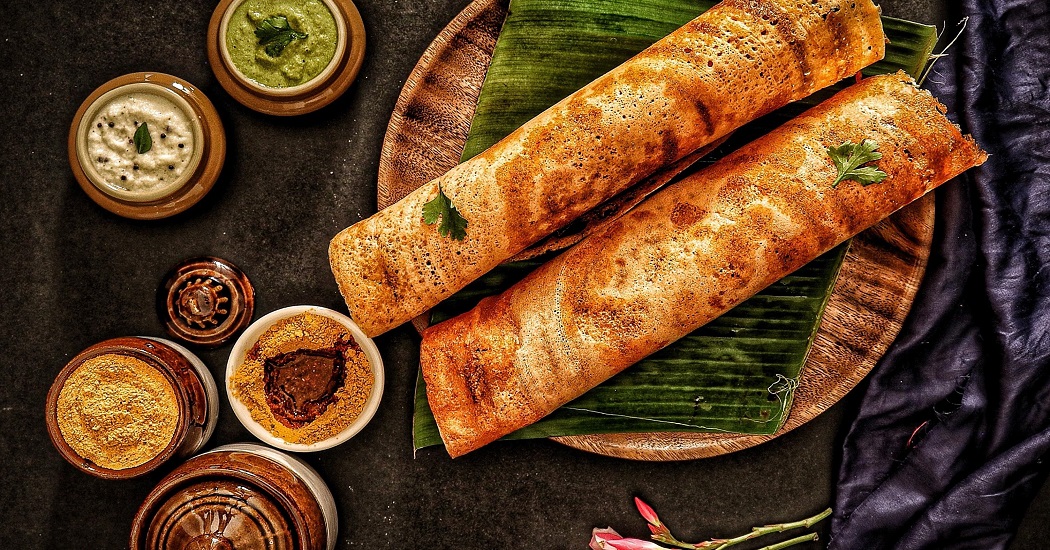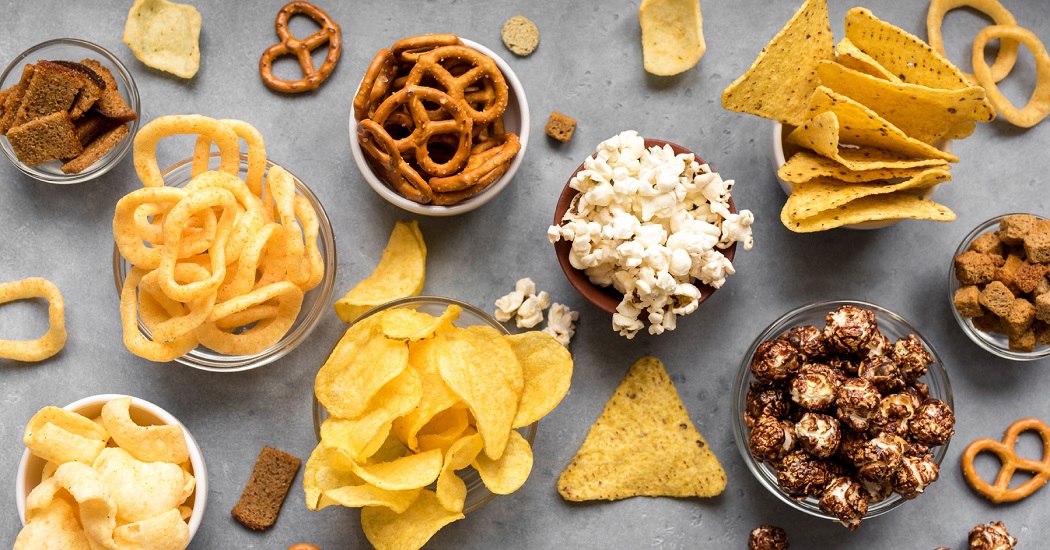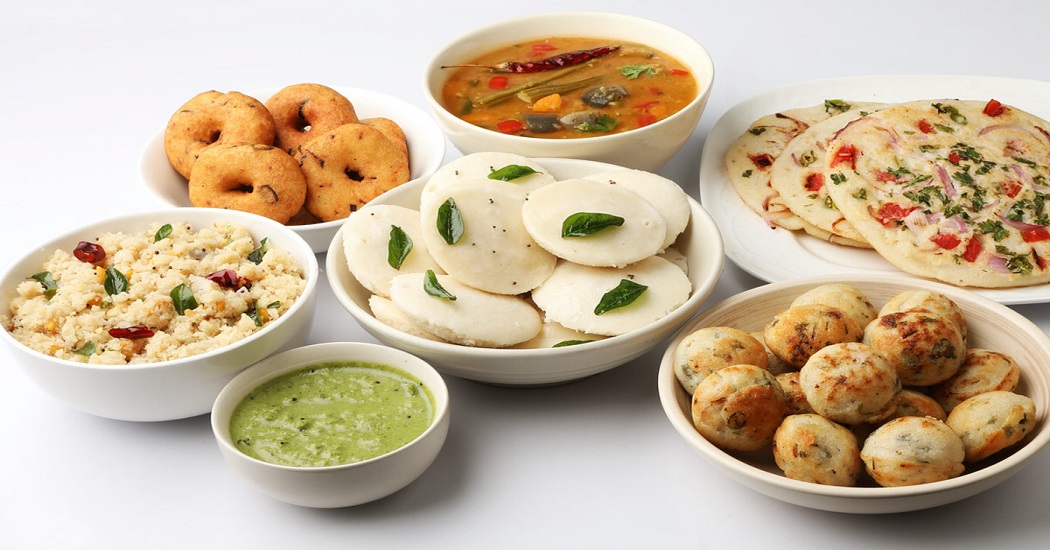Introduction
Idli and dosa, two iconic South Indian dishes, have transcended regional boundaries to become beloved staples across the globe. In this article, we explore the factors that contribute to the widespread fame and popularity of idli and dosa in South India.
The Origin Story
Historical Roots
The history of idli and dosa dates back centuries, with mentions of these dishes found in ancient Indian texts. Idli is believed to have originated in present-day Indonesia, making its way to South India through trade routes. Dosa, on the other hand, finds its roots in the southern states of India, particularly Tamil Nadu.

Traditional Preparation
Both idli and dosa are made from fermented batter, primarily consisting of rice and lentils. This fermentation process not only enhances the flavor but also adds a subtle tanginess to the dishes. The batter is then steamed to make idlis or spread thinly on a griddle to create dosas.
Culinary Versatility
Breakfast Delicacies
Idli and dosa are quintessential breakfast items in South India. Their light yet nutritious composition makes them ideal choices to kickstart the day. Served with an array of accompaniments such as sambar, coconut chutney, and various types of chutneys, they offer a balanced and satisfying meal.
Snack Options
Beyond breakfast, idli and dosa also serve as popular snack options. Whether enjoyed plain or stuffed with flavorful fillings like potatoes or paneer, dosas cater to diverse palates. Idlis, often served with podi (a dry spice mix), are perfect for on-the-go snacking.

Health Benefits
Nutrient-Rich Ingredients
The main ingredients used in idli and dosa batter, rice, and lentils, are rich sources of carbohydrates, proteins, and essential nutrients. Additionally, the fermentation process increases the bioavailability of nutrients, making them easier to digest and absorb.
Low Fat Content
Both idli and dosa are low in fat and cholesterol, making them heart-healthy options. They are often recommended by nutritionists as part of a balanced diet for weight management and overall well-being.
Cultural Significance
Regional Identity
Idli and dosa are not just culinary delights; they are symbols of South Indian culture and tradition. They are an integral part of festive celebrations, religious ceremonies, and family gatherings, reinforcing cultural bonds and heritage.
Global Recognition
In recent years, idli and dosa have gained international acclaim, thanks to the growing popularity of South Indian cuisine worldwide. Today, they can be found on menus of Indian restaurants in every corner of the globe, appealing to both Indian expatriates and global food enthusiasts.

Conclusion
In conclusion, the popularity of idli and dosa in South India can be attributed to their historical significance, culinary versatility, health benefits, and cultural relevance. These humble dishes have evolved from regional specialties to global favorites, transcending boundaries and captivating taste buds everywhere.
Frequently Asked Questions
1. What are the main ingredients used in idli and dosa?
Idli and dosa batter primarily consist of rice and lentils, which are fermented to create the signature texture and flavor of these dishes.
2. Are idli and dosa suitable for vegetarians?
Yes, idli and dosa are vegetarian dishes, making them suitable for vegetarians and vegans alike.
3. Can idli and dosa be customized with different fillings?
Yes, dosas can be filled with various ingredients such as potatoes, paneer, and vegetables to suit individual preferences.
4. Are idli and dosa considered healthy options?
Yes, idli and dosa are considered healthy options due to their low fat content, high nutrient density, and digestibility.
5. Where can I find idli and dosa outside of South India?
Idli and dosa are popular dishes in Indian restaurants worldwide, so you can likely find them on the menu of your local Indian eatery.